Bernese Rottie vs. German Wirehaired Pointing Vizsla: Breed Differences and Similarities
Hypoallergenic
Are Bernese Rotties or German Wirehaired Pointing Vizslas hypoallergenic, or neither?
Unfortunately, neither Bernese Rottie nor German Wirehaired Pointing Vizsla are hypoallergenic, which may not make them the best choice for dog lovers who suffer from pet allergies.
Temperament
What are the personalities of Bernese Rottie and German Wirehaired Pointing Vizsla dogs?
Independent
Protective
Alert
Courageous
Intelligent
Affectionate
Loyal
Fearless
Good-natured
Faithful
Active
Playful
Energetic
Protective
Intelligent
Friendly
Responsive
Affectionate
Loyal
Lively
Gentle
Trainable
Companionable
Cheerful
Quiet
Easygoing
Willful
Willing
Evenly Tempered
Shedding Level
Do Bernese Rotties shed more than German Wirehaired Pointing Vizslas, or which breed sheds more, Bernese Rotties or German Wirehaired Pointing Vizslas?
Bernese Rotties are heavy shedders, but regular brushing can help manage shedding and promote a healthy coat.
German Wirehaired Pointing Vizslas are moderate shedders, but regular brushing can reduce shedding and maintain coat health.
Ancestry
What are the origins of Bernese Rottie and German Wirehaired Pointing Vizsla breeds?
Rottweiler, Bernese Mountain Dog
German Wirehaired Pointer, Vizsla
Date of Birth
When were Bernese Rottie and German Wirehaired Pointing Vizsla breeds first developed?
Unknown
Litter Size
What is the usual litter size for Bernese Rottie and German Wirehaired Pointing Vizsla?
A Bernese Rottie can have a litter of 1-14 puppies on average. However, it's worth noting that the size of the litters can vary greatly. Factors that can influence litter size include the health of the mother, breeding history, and genetics.
A German Wirehaired Pointing Vizsla can have a litter of 6-10 puppies on average. However, it's worth noting that the size of the litters can vary greatly. Factors that can influence litter size include the health of the mother, breeding history, and genetics.
Adaptability
Bernese Rotties have average adaptability to changes in lifestyle and living environments compared to other breeds.
German Wirehaired Pointing Vizslas are highly adaptable and versatile, making them excellent companions for families and individuals of all lifestyles.
Health Issues
Between Bernese Rottie and German Wirehaired Pointing Vizsla, which breed is more prone to health problems?
Bernese Rotties typically have low vet costs due to their good health, but it's important to monitor their health and seek vet care when necessary.
While the German Wirehaired Pointing Vizsla breed is generally healthy, occasional vet check-ups are still necessary to address any health concerns.
Major Concerns
What are the major health concerns for Bernese Rottie and German Wirehaired Pointing Vizsla breeds?
Hip Dysplasia
Osteochondritis Dissecans
Elbow Dysplasia
Hip Dysplasia
Inflammatory Bowel Disease
Minor Concerns
What minor health issues should be kept in mind when owning Bernese Rottie and German Wirehaired Pointing Vizsla?
Elbow Dysplasia
Ear Infections
Progressive Retinal Atrophy (PRA)
Occasional Tests
What occasional tests are recommended for Bernese Rottie and German Wirehaired Pointing Vizsla breeds?
Hip
Elbow
Skeletal
X-Rays
Physical Examination
X-Rays
Ear Examination
Blood Chemistry
Complete Physical Examination
Otoscopic Examination
Social Needs
Bernese Rottie vs German Wirehaired Pointing Vizsla social needs comparison
Bernese Rottie and German Wirehaired Pointing Vizsla have above average social needs compared to other breeds. They thrive in environments where they have a lot of interaction with humans and other dogs.
Sleeping Need
Which of the two sleeps the most/least: Bernese Rottie or German Wirehaired Pointing Vizsla?
Bernese Rotties sleep less than other breeds but still need adequate sleep for good health.
German Wirehaired Pointing Vizslas are active and require sufficient sleep to stay healthy.
Mouthiness
Mouthiness Comparison: Bernese Rottie vs German Wirehaired Pointing Vizsla?
Roaming urge
Bernese Rottie vs Labrador: Running away tendency?
Prey Drive
Bernese Rottie or German Wirehaired Pointing Vizsla - which breed has a higher level of prey drive?
Tolerance of being left alone
Grooming
Which breed is easier to maintain in terms of grooming, Bernese Rotties or German Wirehaired Pointing Vizslas?
Bernese Rottie and German Wirehaired Pointing Vizsla are breeds of dogs that are known for their low grooming needs.
Sensitivity Level
How do Bernese Rottie and German Wirehaired Pointing Vizsla compare in sensitivity?
This breed is sensitive and requires gentle handling and a calm home environment.
This breed is sensitive to its environment and best suited for patient and understanding families with a consistent routine.
Apartment Friendly
Which breed is more apartment-friendly: Bernese Rottie or German Wirehaired Pointing Vizsla?
Bernese Rotties are good apartment dogs as long as they get enough exercise and stimulation outside of the apartment.
German Wirehaired Pointing Vizslas can do well in apartments with enough exercise and time outside, but a small yard would be ideal.
Child Friendly
Do Bernese Rotties or German Wirehaired Pointing Vizslas have a friendlier temperament towards children?
Bernese Rotties have an average level of friendliness towards children.
German Wirehaired Pointing Vizslas are good with kids if socialized and trained from a young age.
Senior-friendly
Which dog is more suitable as a pet for the elderly - Bernese Rottie or German Wirehaired Pointing Vizsla?
Cat Friendly
Do Bernese Rottie or German Wirehaired Pointing Vizsla breeds have a better compatibility with cats?
Bernese Rotties are average in their friendliness toward cats and tend to do well with them, especially if raised together.
German Wirehaired Pointing Vizslas are somewhat cat friendly and can be trained to get along with cats.
Dog Friendly
Which breed is more sociable with other dogs: Bernese Rottie or German Wirehaired Pointing Vizsla?
Bernese Rotties are less friendly towards other dogs, but can improve with socialization.
German Wirehaired Pointing Vizslas are friendly and active companions, and can be good family pets, though their friendliness towards other dogs may vary.
Pet friendly
How do Bernese Rottie or German Wirehaired Pointing Vizsla dogs interact with other pets?
Stranger Friendly
Which breed is more friendly with strangers: Bernese Rottie or German Wirehaired Pointing Vizsla?
Bernese Rotties are quick to announce strangers and can be standoffish or suspicious.
German Wirehaired Pointing Vizslas are friendly but may bark at strangers, and training is easy due to their intelligence.
Playfulness
Which breed is more playful between Bernese Rottie and German Wirehaired Pointing Vizsla?
Bernese Rotties have an average level of playfulness, enjoying playtime like most dogs but not excessively so.
German Wirehaired Pointing Vizslas are very playful, so adopting an older one might be a better option for a more relaxed experience.
Trainability
How do the trainability levels of Bernese Rotties and German Wirehaired Pointing Vizslas compare?
Bernese Rottie and German Wirehaired Pointing Vizsla dogs are known for their ease of training and ability to learn quickly, making them a popular choice for pet owners and trainers alike.
Compare Bernese Rottie with other breeds
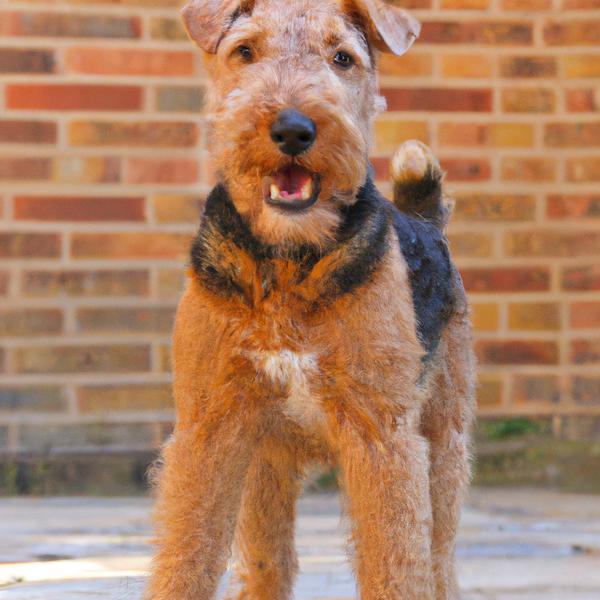
Lakeland Terrier
Bernese Rottie vs Lakeland Terrier
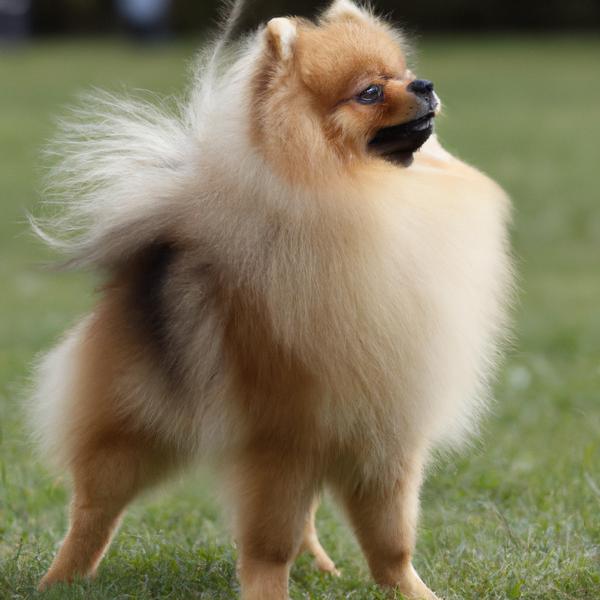
Pom-A-Nauze
Bernese Rottie vs Pom-A-Nauze
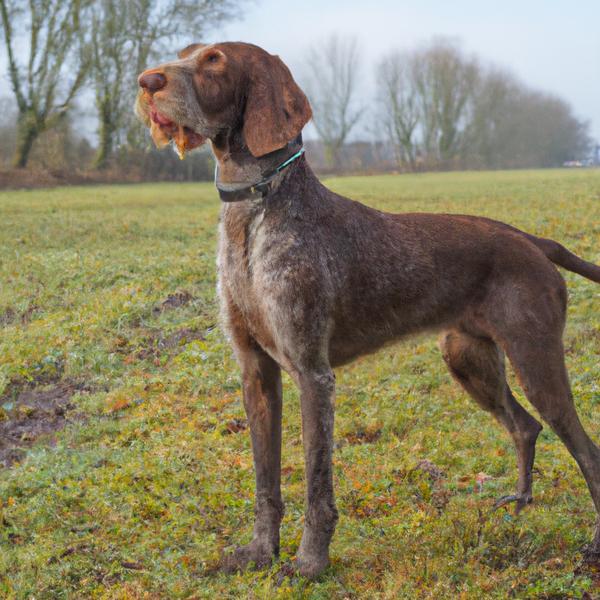
German Wirehaired Pointing Vizsla
Bernese Rottie vs German Wirehaired Pointing Vizsla
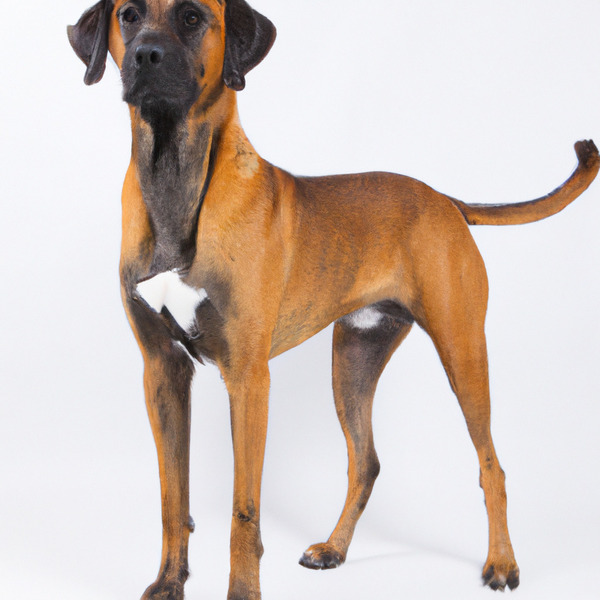
Brug
Bernese Rottie vs Brug
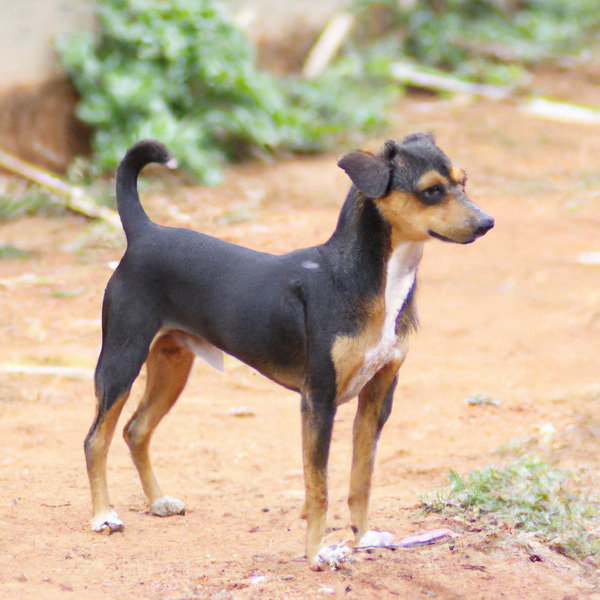
Chippiparai
Bernese Rottie vs Chippiparai
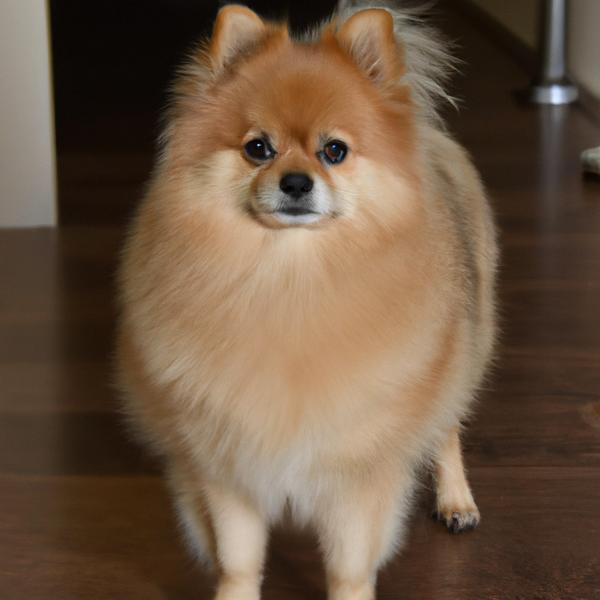
Smooth Pom Terrier
Bernese Rottie vs Smooth Pom Terrier
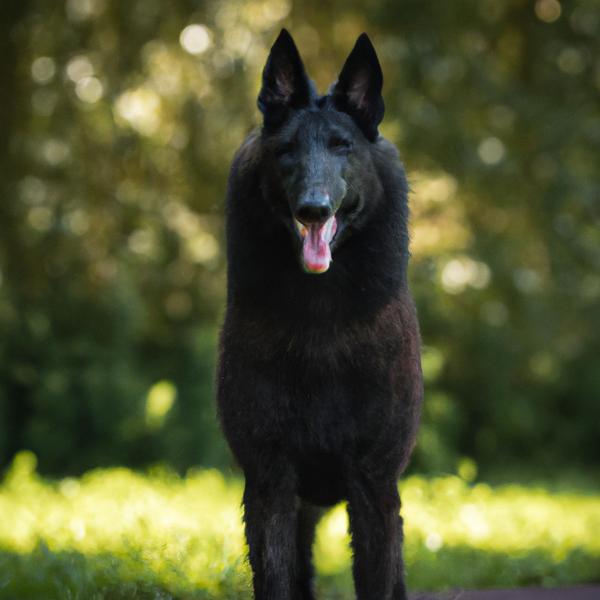
Belgian Sheepdog
Bernese Rottie vs Belgian Sheepdog

Cirneco Dell'etna
Bernese Rottie vs Cirneco Dell'etna

Lhatese
Bernese Rottie vs Lhatese
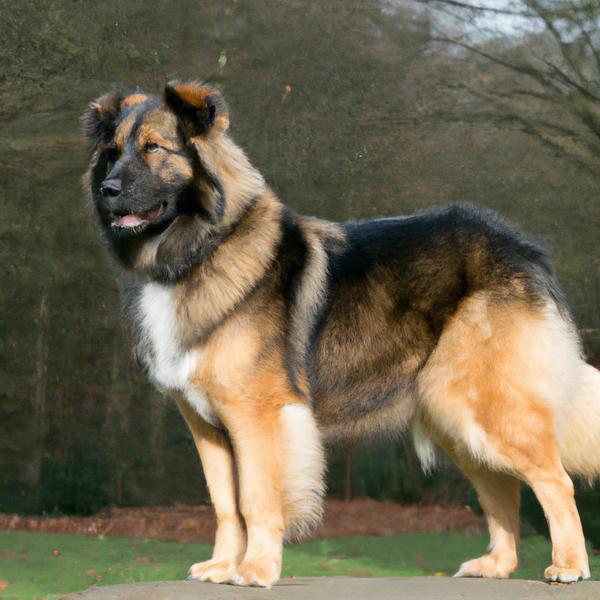
Euro Mountain Sheparnese
Bernese Rottie vs Euro Mountain Sheparnese
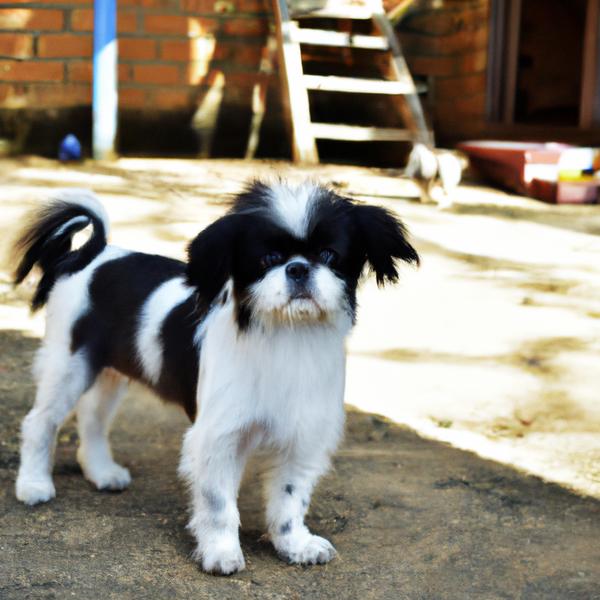
ShiChi
Bernese Rottie vs ShiChi

Shethund
Bernese Rottie vs Shethund
